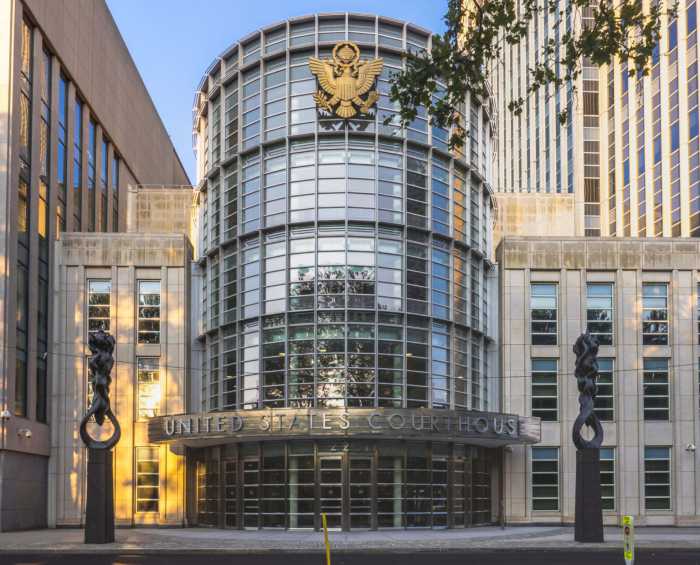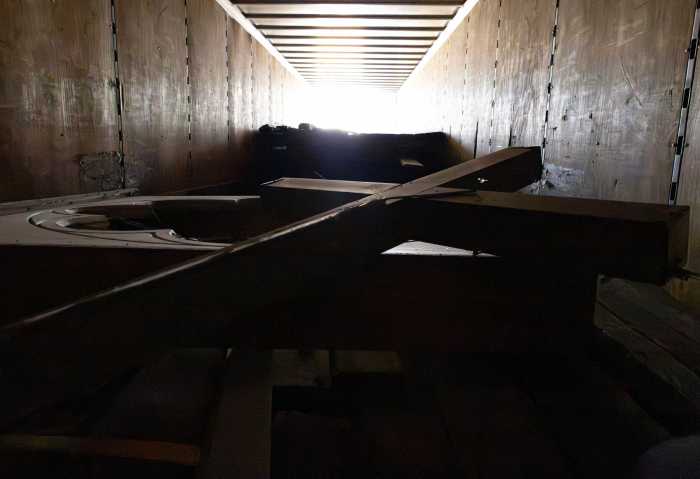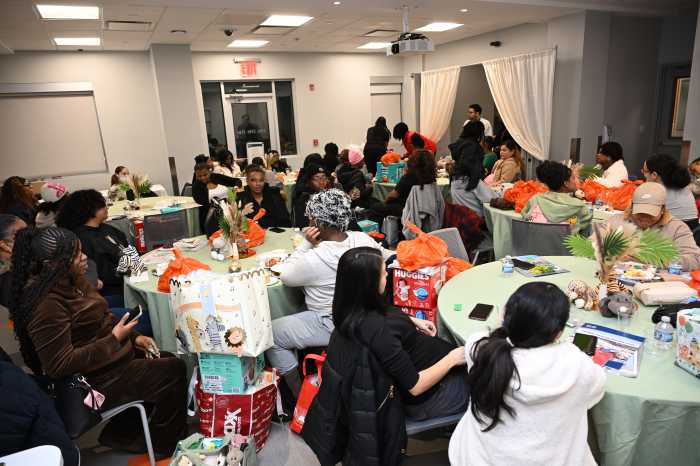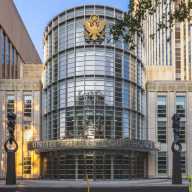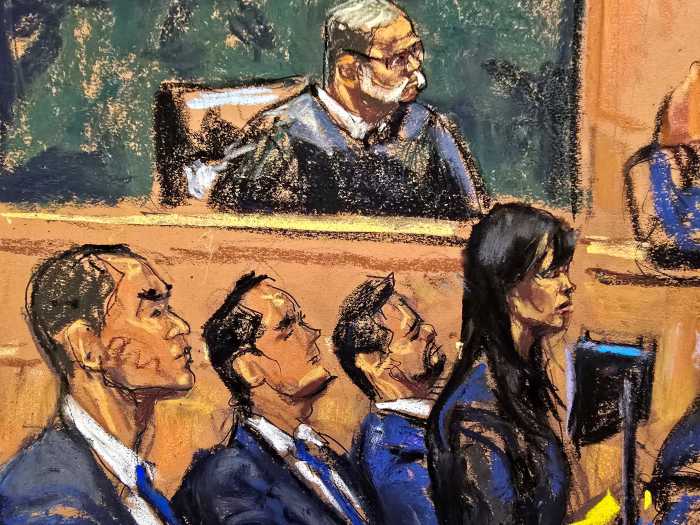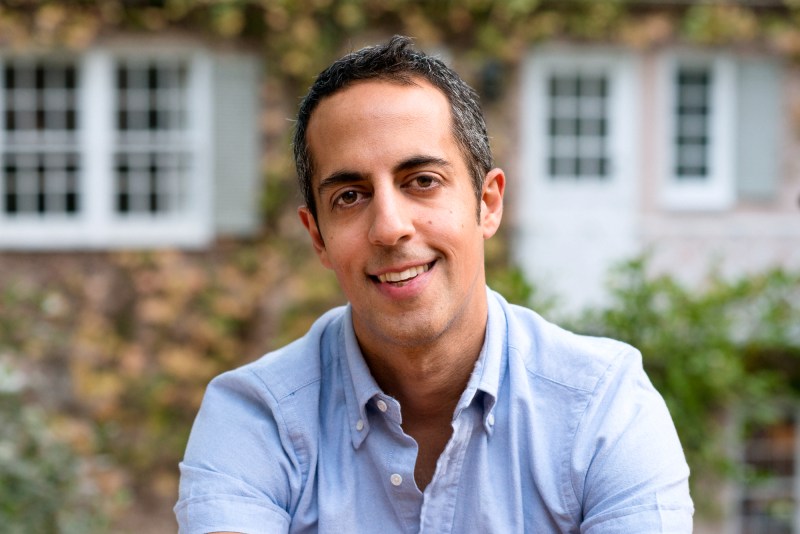Council Member Natasha Williams announced a new bill addressing the long-standing groundwater flooding issue affecting southeast Queens residents.
Williams, who represents District 27 in Southeast Queens—covering Cambria Heights, Hollis, Jamaica, St. Albans, Queens Village, Addisleigh Park, and Springfield Gardens— put forward Int 1067-2024 on Thursday, Sept. 26, during the Stated Meeting of the New York City Council.
The proposed legislation would require the Department of Environmental Protection (DEP) to lead an interagency task force and issue a request for proposals (RFP) for a community-based organization (CBO) to assess residential properties in Queens Community Districts 12 and 13 that have experienced flood damage.
The task force would recommend relevant changes to city and state programs that can assist homeowners impacted by groundwater flooding. If the bill is passed, the task force would have approximately six months to launch and begin working with the CBO partner. The bill includes a provision to repeal the legislation after five years.
The selected CBO would then connect property owners to retrofit repair assistance programs and provide case management support for property owners. Additionally, the CBO would be responsible for mailing information on available assistance programs to residents living in community board districts 12 and 13.
Furthermore, the CBO would be required to provide an annual report detailing the number of affected properties, the extent of damages sustained, the estimated cost of repairs, and recommendations for improving assistance programs.
Also, the DEP would be required to submit feedback to any agency administering flood assistance programs and give updates on the status of groundwater studies in southeast Queens.
Council Member Williams is collaborating with local elected officials and advocates, including Sen. Leroy Comrie and Assembly Member Alicia Hyndman, to identify Southeast Queens properties that need assistance.
Williams said in a statement that the legislation results from “years of advocacy from community leaders and residents who have been directly impacted by constant groundwater flooding.”



